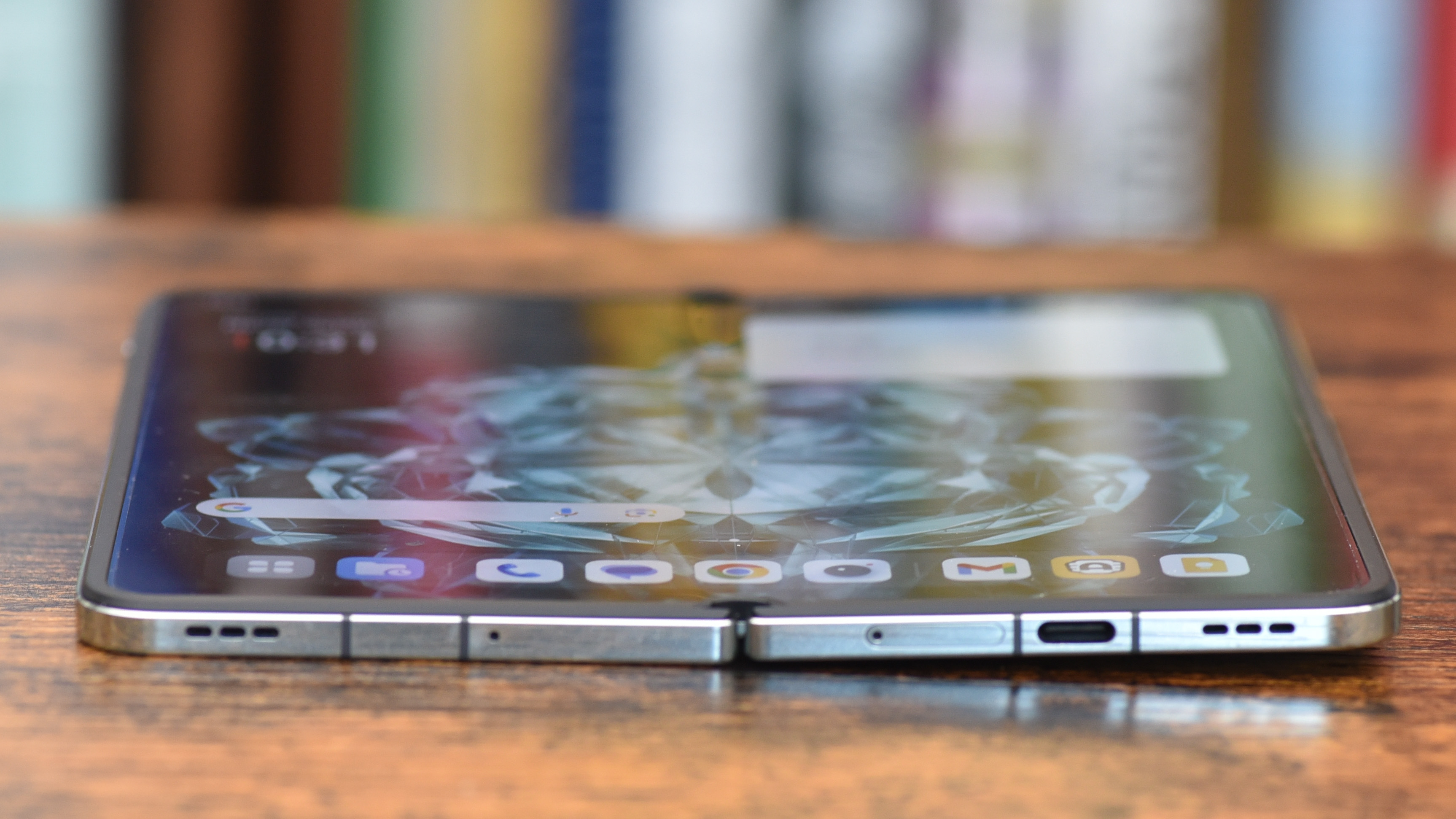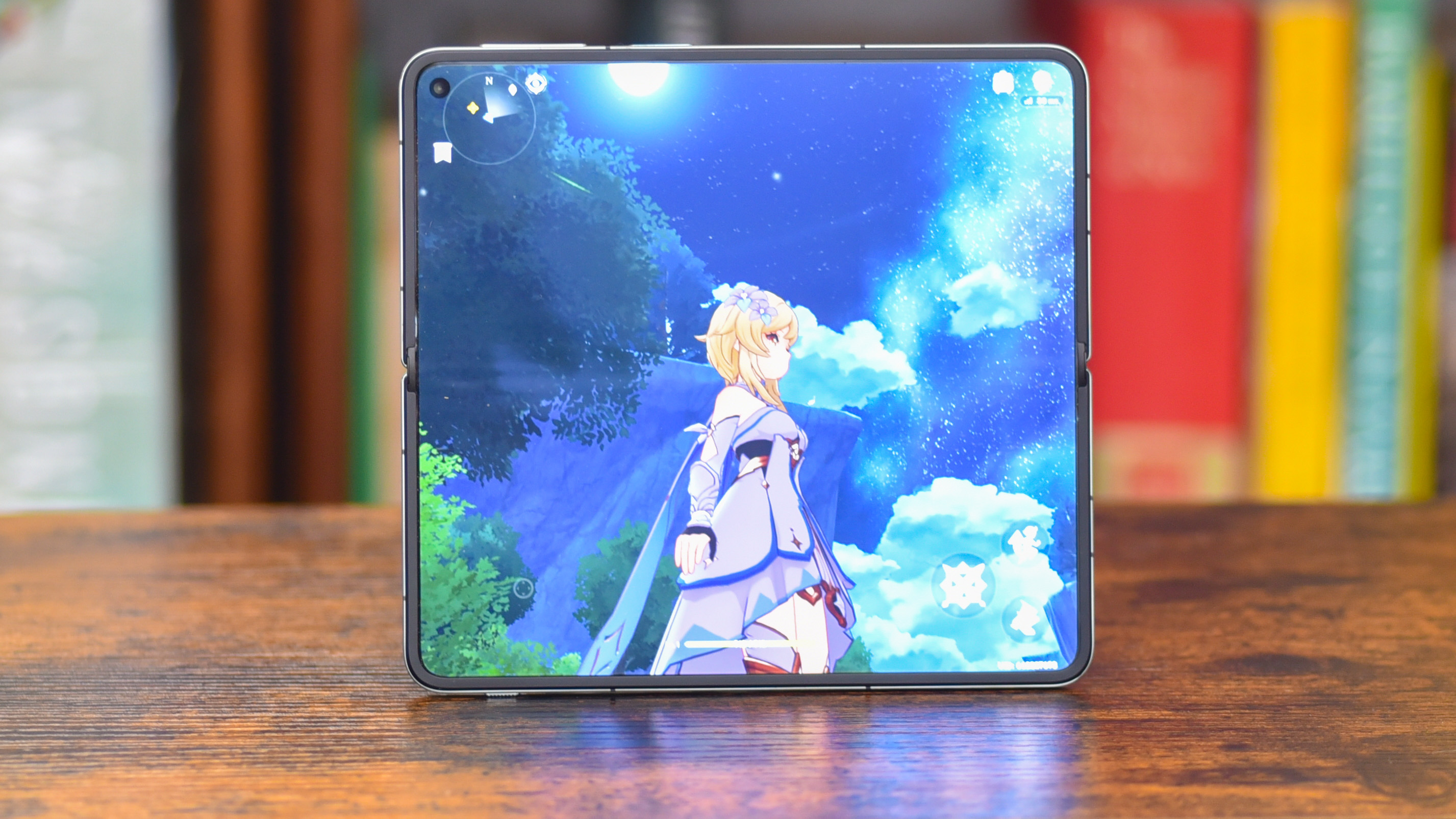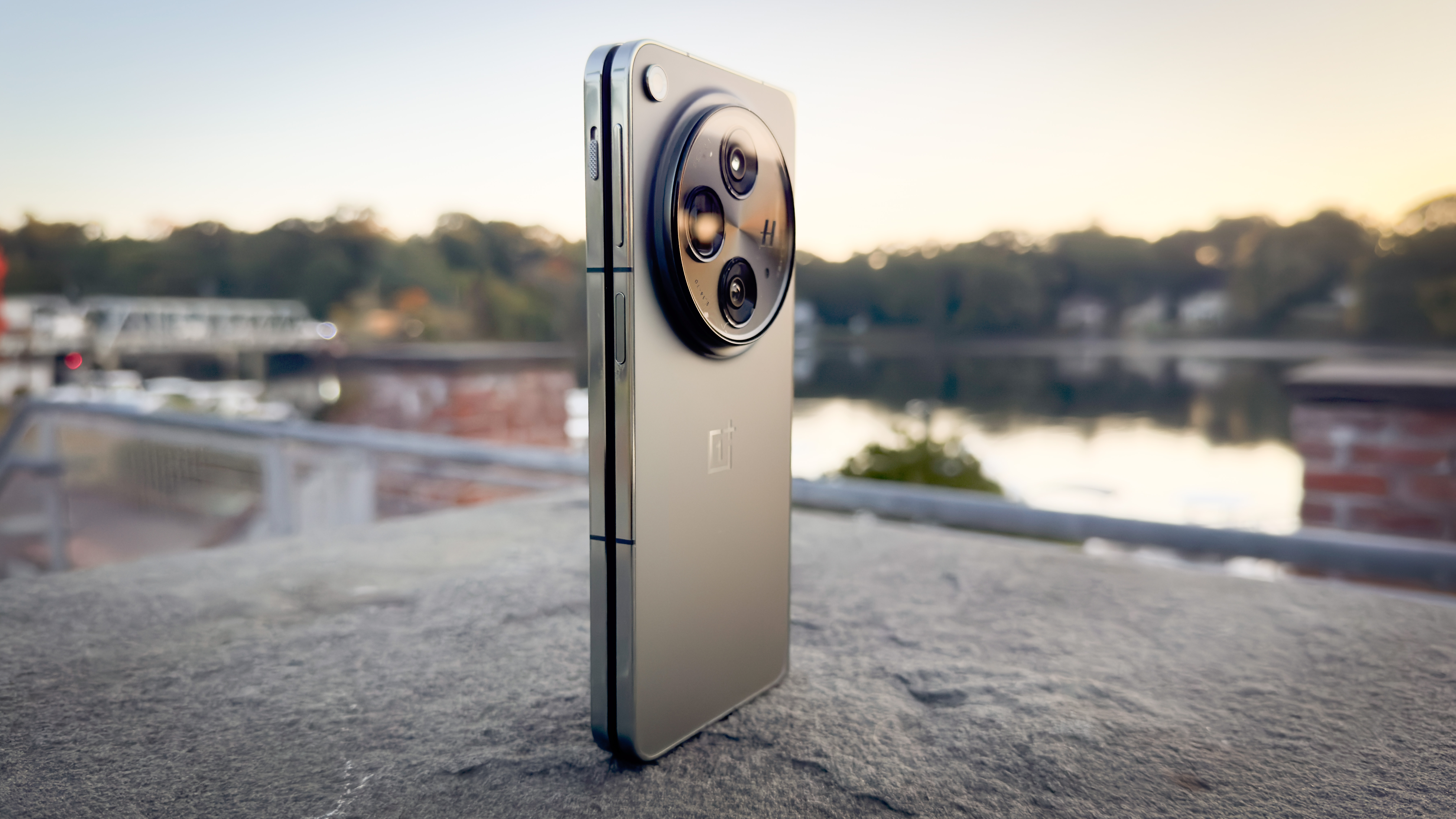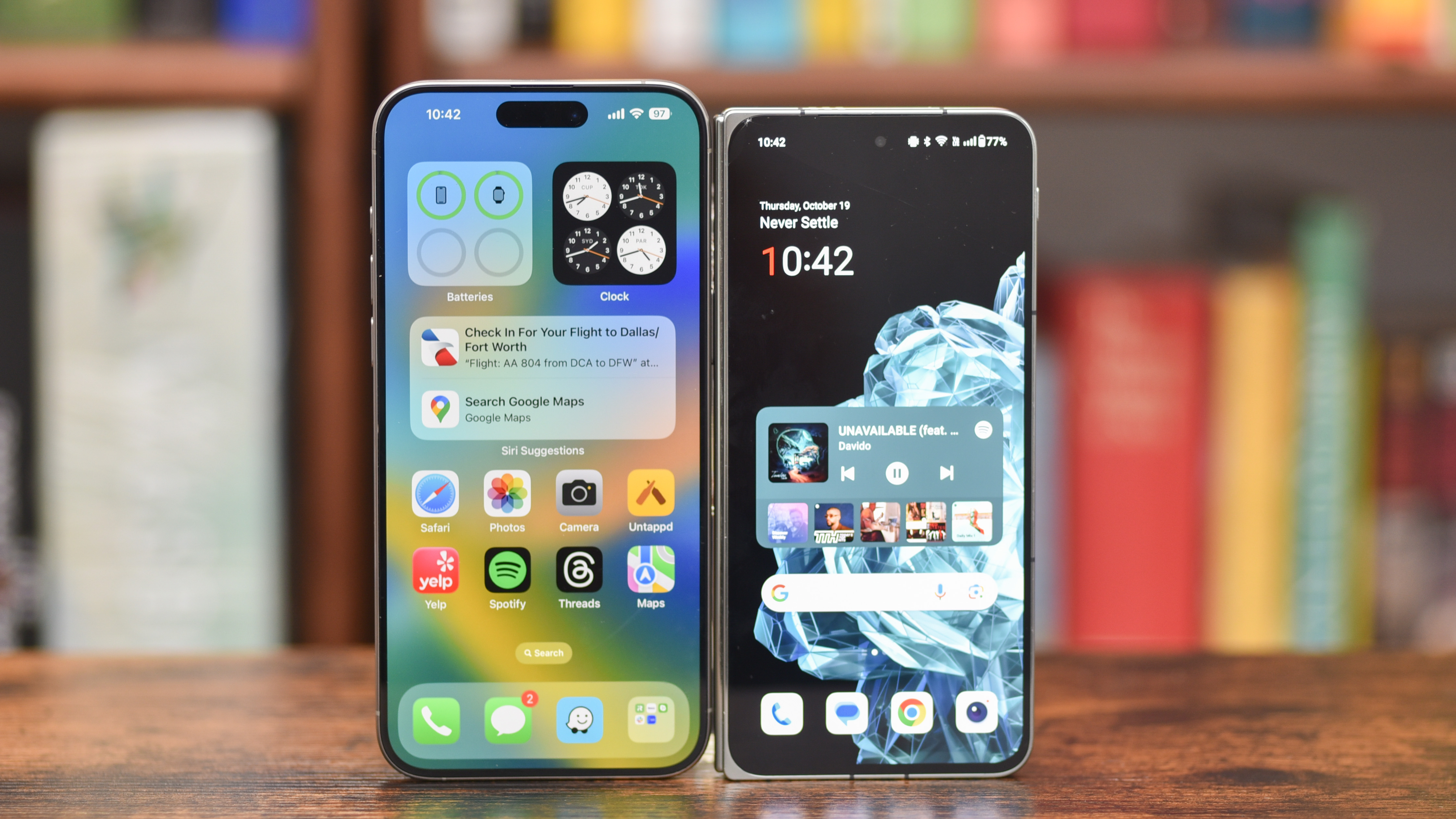It wasn’t long ago that I was sitting in the TechRadar office, talking the ear off of one of my colleagues about how book-style foldables like the Samsung Galaxy Z Fold 6 and Google Pixel 9 Pro Fold didn’t quite make sense to me.
I just couldn’t see the utility in a square, mid-sized display running a smartphone operating system – I had been an iPad user for almost a decade, and spending nearly half my life using large tablets had me convinced that nothing could best them for media consumption, reading, and light multitasking. News of the upcoming Huawei Mate XT – the world’s first tri-fold smartphone that expands to a 10-inch tablet – stoked this suspicion even further. But even as I saw my vision of the future unfold, my curiosity for conventional folding phones simmered.
The thing is, I hadn’t actually used a foldable for any more than fifteen minutes at a time, usually while passing through a busy Samsung store. I’d never really entertained the idea of walking out with a Z Fold of my own thanks to the starting price of $1,899 / £1,799 / AU$2,749, but was always impressed by the construction, design, and possibilities. Maybe – just maybe – my cynicism had emerged from unresolved curiosity.
When given the chance to test out a folding phone long-term, I felt this curiosity reignite. My first hour with the OnePlus Open was spent in a tech-fueled trance as I opened, then shut, then opened it again, completely enraptured by the engineering on display (both literally and figuratively). A few weeks later, and I’m happy to report that I was wrong to doubt folding phones – these things absolutely rock.
More screen, less problems

The central conceit of the OnePlus Open can be described in two words: big screen. Placing two phones next to each other – as Samsung suggests with its Try Galaxy feature – gives some semblance of the Open’s 7.82-inch inner screen, but using one quickly reveals it to be more than just the sum of its parts.
Embedded videos in articles and other web pages become actually watchable when the device is unfolded, rather than something to note for later or just scroll past. The form factor makes multitasking realistic, with two apps side-by-side and a third in a floating window. You still won’t be doing complex work on a device like this, but cross-referencing web pages or watching a video in the background feels much more practical than gimmicky.
My first hour with the OnePlus Open was spent in a tech-fueled trance
The inner screen on the OnePlus Open turns the smartphone into a bonafide option for media consumption, rather than a compromise. When passing through the airport on a recent trip away, I could unfold the phone to watch The Penguin at each point of stoppage before simply snapping it shut and into my pocket when things started moving again – I’d never have bothered with the smaller screen of a slab phone or unwieldy size of my 11-inch iPad Pro. The mini-tablet size means more room for decent speakers, too – the Open is rivalled only by the larger iPhones for the best smartphone speakers I’ve ever heard.

A larger screen means it’s easier to experience this stuff with friends, too. Injecting a smartphone into conversation can be a risk due to the awkwardness of asking someone to squint at a small screen – the Open makes showing a friend a photo or video clip much more enjoyable for all involved, doubly so when trying to share something across a table or across the room. The screen is just large enough to be inviting, and its hinge is a better conversation starter than any app or meme could possibly hope to be. Seeing people experience the fold for the first time still hasn’t gotten old.
I think there’s also something to be said for the level of intent implied by passing someone a device they need to hold with both hands. In fact, I’ve found myself inspired by the Open to think about the way I use my phone. The cover screen remains useful for checking messages, quick Google searches, and taking photos, but even knowing the inner screen is waiting behind a half-second of effort makes me consider whether what I’m doing is worth throwing onto the big screen, and if not, whether I should put down the phone and get back to the real world.
A couple of compromises

There are, of course, some tradeoffs to using a folding phone. It’s generally accepted that battery life takes a hit, which is understandable if you’re driving the large inner screen more often than not. I found myself needing to charge midway through the day a few times with the OnePlus Open, but could make it through to the late evening most of the time. Additionally, phone makers tend to equip folding phones with objectively worse camera specs than their slab flagship counterparts. For what it’s worth, I found the Open’s camera setup to be very impressive, but photographers may be tempted by the snazzier specs and nimbler ergonomics of a traditional slab phone (see the Galaxy S24 Ultra or iPhone 16 Pro Max).
I’ve found myself inspired by the Open to think about the way I use my phone
There are also a couple of issues that come with the territory of being foldable. I found a few apps – especially older games like Professor Layton or Plague Inc. – did not respond well to my folding or unfolding of the phone while they were running, and I even experienced some crashes on Instagram when using the Open unfolded. It’s up to app developers to optimize their apps for the foldable platform, but there’s little incentive for them to do so while foldable devices remain a very small niche. And even as someone with large hands, the Open is undeniably large and heavy – I sometimes felt it weighing on my wrist while using it one-handed, and the unique geometry isn’t always the most comfortable to hold.
Still, though, these feel like small prices to pay for access to a unique, adaptable, and gorgeous device. What surprised me about the OnePlus Open – and what I think probably sets it apart from some of its contemporaries – is just how good it is at being a regular phone. The 6.31-inch cover screen is not much narrower than my trusty old Huawei Mate 20 Pro and certainly feels a lot wider than the Samsung Galaxy Z Fold 6’s strip of a cover display. The Open’s front screen is a bright, high-resolution, high refresh rate panel and the Qualcomm Snapdragon 8 Gen 2 chipset gives the Open reliably fast performance.
Do you need a foldable?

The foldable experience is not one that’s built on necessity. There’s no real need to have Instagram take up six horizontal inches of screen space, to read articles with two hands, to see such a broad smorgasbord of apps in the app drawer – but it is nice.
Arguably, when it comes to modern ultra-premium smartphones, we’re past the point of thinking about necessity anyway. Are most users actually finding the bottlenecks in the iPhone 16 Pro’s A18 Pro chipset? Do shutterbugs reach for the Samsung Galaxy S24 Ultra’s 100x zoom as often as they do the 1x wide lens? Is anyone so impatient as to need the Realme GT5 240W’s eponymous charging speed? So much of the joy that comes with improving phone hardware is in how much it improves the small stuff, the things we’ve been doing for years and will do for years to come, and having a mini-tablet display available at a literal flick of the wrist* improves day-to-day web browsing, social media, video, and music much more than I ever expected (*don’t actually open it like this).




















+ There are no comments
Add yours